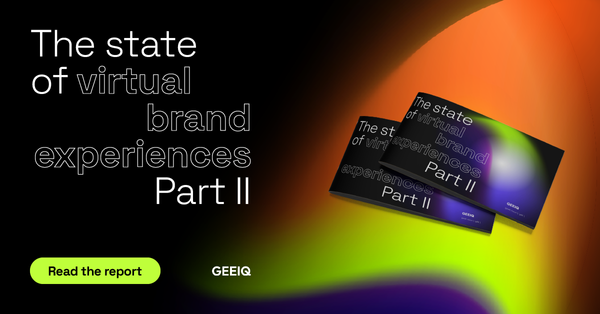The GEEIQ platform, which drives the virtual strategies of the likes of Gucci, Walmart, Tommy Hilfiger and Heineken, has just had a major infrastructure and interface upgrade. Delivering a more interactive and visual experience for our subscribers, we’ve future-proofed the platform to maintain its position as the primary foundation for brands seeking to navigate the metaverse.
Why the upgrade?
To ensure the provision of the best insights and data from across Web3 and the metaverse for our subscribers, we’ve moved to a new framework that is better supported and more flexible. This upgrade not only makes the user experience more seamless, but it allows the GEEIQ team to implement the new and increasingly complex features our subscribers demand, all while retaining the features you rely on.
What does this mean for you?
GEEIQ subscribers will find the new look platform not only more responsive and easier on the eye, but simpler to navigate and more intuitive. From a more navigable sidebar and switching between light and dark mode, to accessing profiles via news, partnerships and social posts, the upgrade provides a more immersive experience – all with faster loading times.
Our search function now reveals more filters, provides definitions and removes unnecessary steps, ensuring more targeted searches and quicker access to the data you care about. The insights available in the platform’s tables and graphs have also expanded. Take our demographics graphs, each data point corresponds to a platform average, making comparison clearer and providing more context for your brand.
Our list function, which enables subscribers to create bespoke lists of people, brands and other entities, is also now totally searchable and filterable. The leaderboards features also makes partner identification and competitor analysis easier, with the ability to now switch between 50 and 100 profiles at any given time.
Our subscribers are now also able to convert graphs and tables from the platform into CSV’s to share throughout their organization, from metaverse experience and demographic data, to brand affinities and social metrics.
